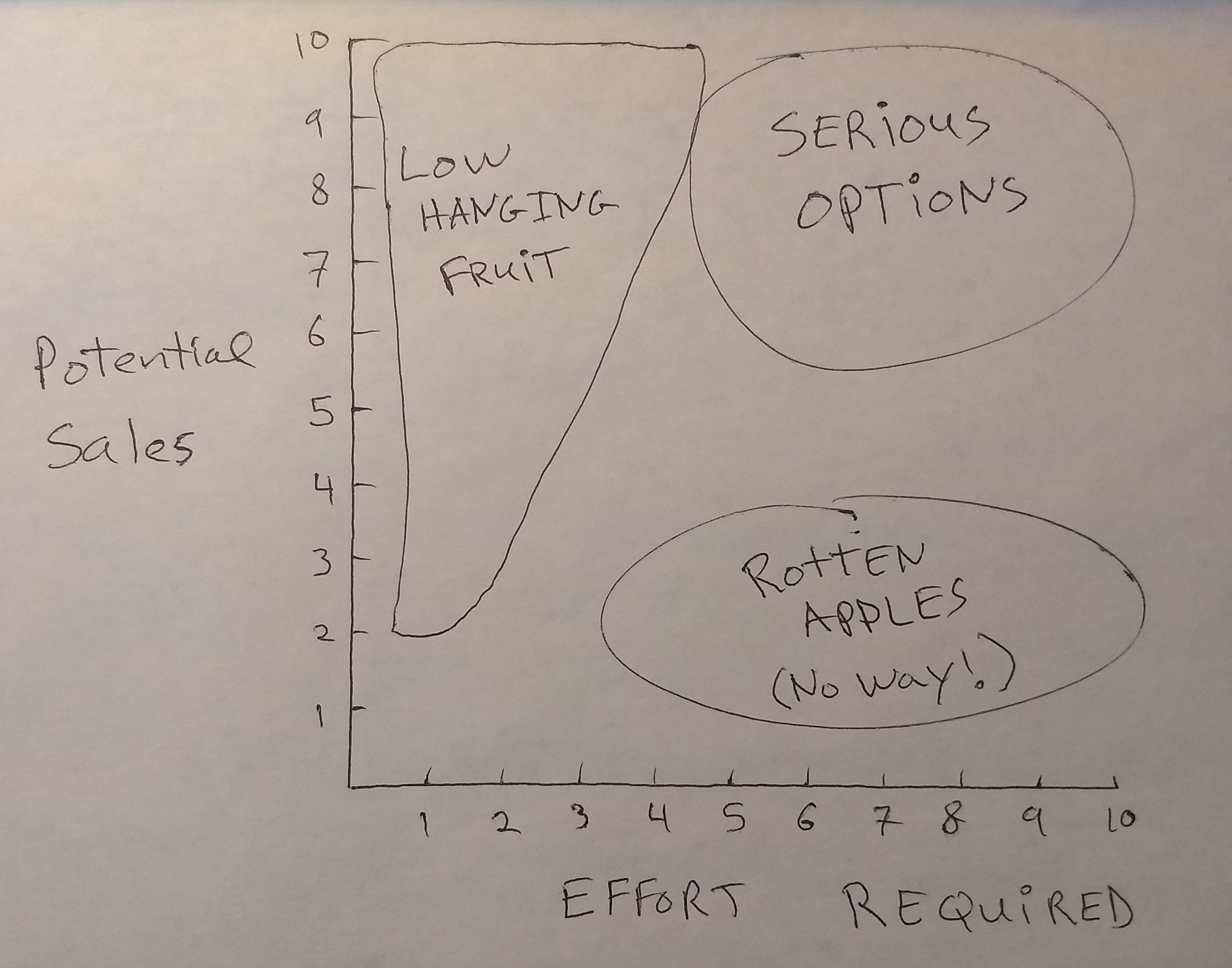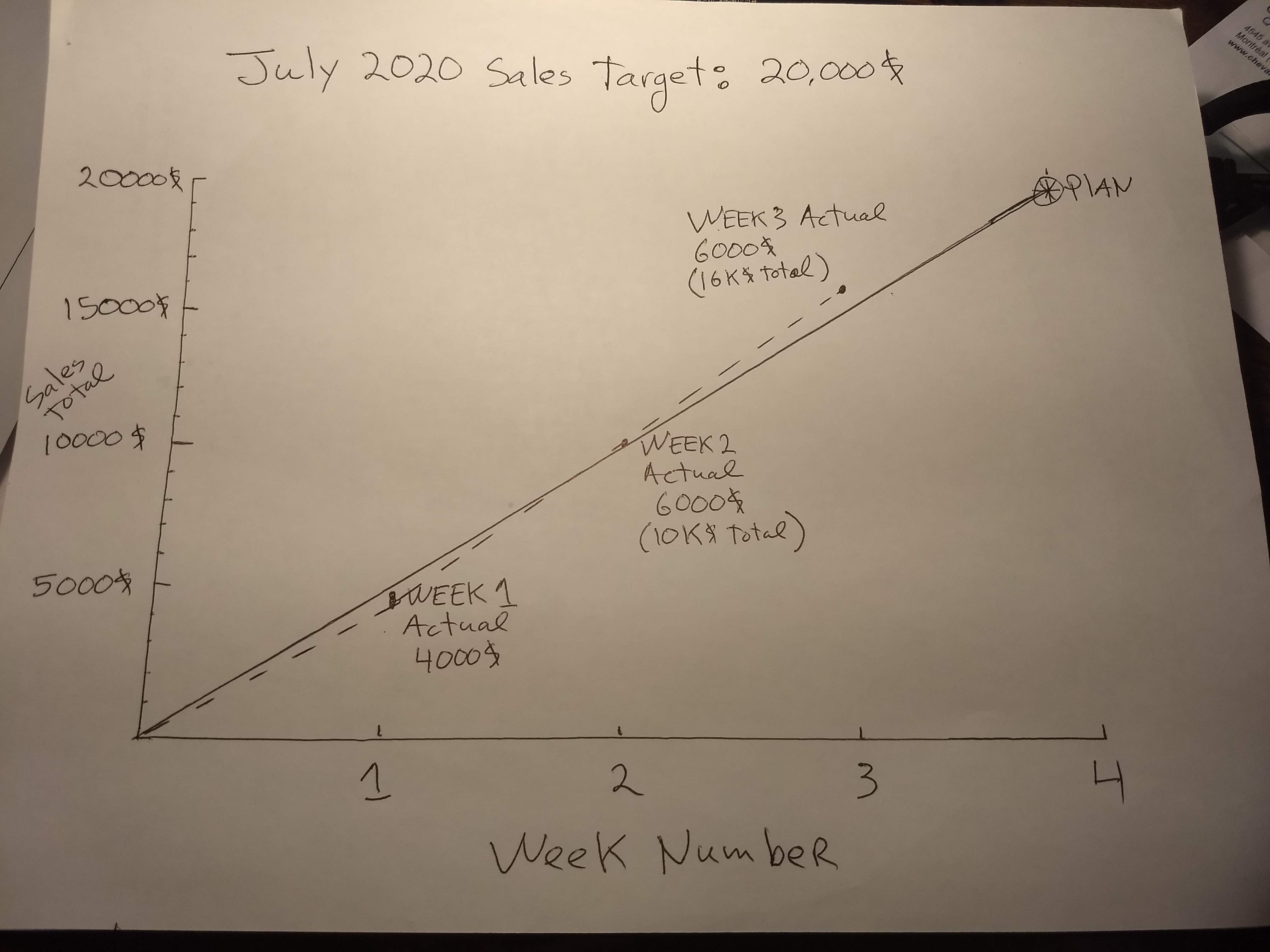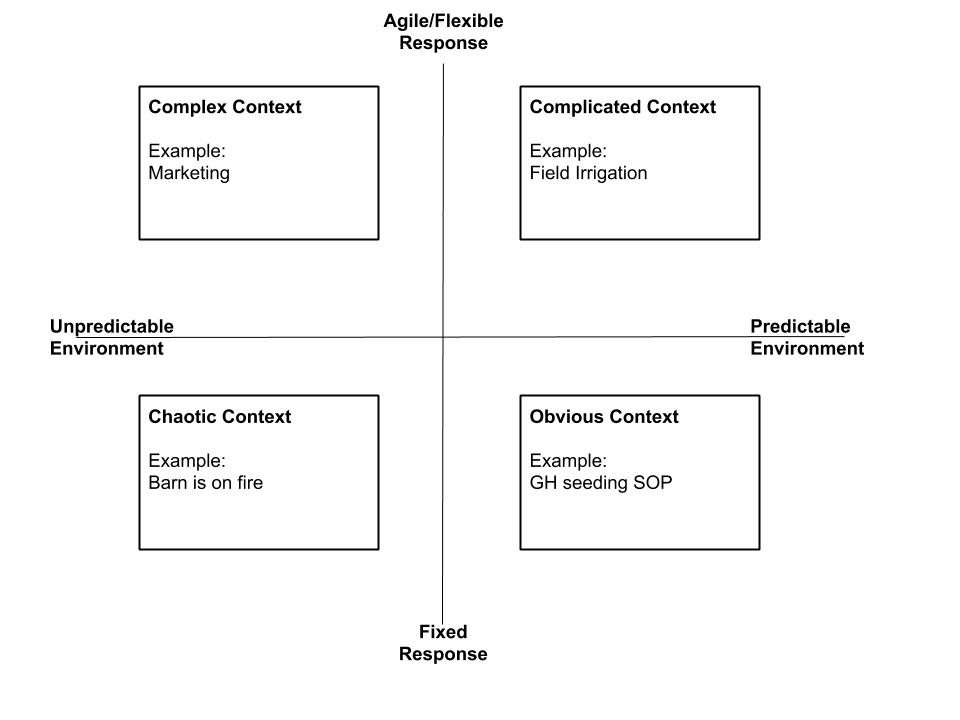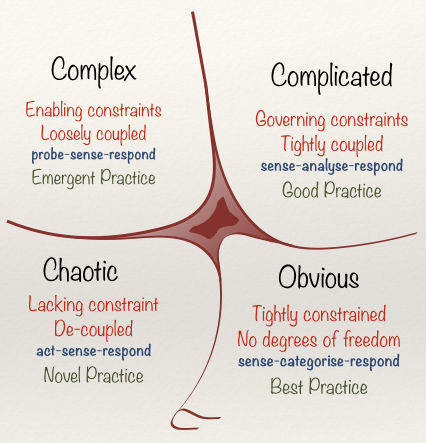Greetings faithful blog readers!
Holy moly, the last blog post was in May! Time flies when you’re having fun! 🙂
I’m changing the format of this blog… starting… Now!!
From now on, you will notice that the blog posts will be transforming into Memos To My Farm Staff.
While the first cycle of this blog was written while I was on sabbatical and in the process of building my coaching business, this next phase of the blog is written from the depths of an epic farm scaling journey!
We have big plans for 2021! Given our experience and the clarity of vision that we have for this new business, we’re aiming to hit the same level of production that we had after 7 years at the old farm, but in just 18 months. That’s right, over the coming 18 months I’ll be sharing my management ideas with you on this blog as we go about scaling the farm in fast forward mode – 60k$ to 350k$ gross.
Come along for the ride… It’s gonna be wicked!!
Jonathan
And now, the moment you’ve all been waiting for!!!!
The blog post!! Tada!!!
——
Are any of the following internal dialogues familiar to you?
- What’s the best way for me to be using my time right now?
- There are so many important things that slip through the cracks because I’m just too busy!
- How can I create the most benefit with every moment of my time!?
- Where does each of our team members fit into the overall context of the farm?
- I know I should be focusing on X, but I’m the only person who can do Y…. and so I never get around to doing X (even though I know I’ll pay for it later).
If you are anything like me, you are likely to regularly come up against the conundrum that there only seems to be 24 hours in the day, yet there are just so many exciting projects and ideas to explore and bring to fruition!
I’ve been thinking about this question a lot over the past year as we’ve been launching our new farm and retail businesses. Here’s a diagram I’ve come up with that represents my current thinking on where the bulk of my time and energy is best used. It also offers insight into a path for getting there. (But where is “there”, really?)
Step 1: Get clear on what your farming superpower is
Make a list of all the tasks you do on the farm. For each task, categorize it into one of the following categories: Easy to Delegate, Hard to Delegate, or My Super Power. We often get stuck in the trap of “oh, I can do this.” The purpose of this exercise is to force you to declare what your super powers are and to see that all other tasks are either easy or hard to delegate. (I mean seriously, is data entry into QuickBooks really your superpower?)
What’s your special sauce? What do you bring to the party?
What are those high leverage actions where time just seems to fly by? (or stand still?)
Step 2: Define what your current two year mission is
I got this part from listening to an interview with the CEO of Spotify on the Tim Ferriss Show.
There’s no such thing as job security, all there is are a series of consecutive two year missions. In this case, we’re using the term mission in the militaristic sense, as in, what is the mission of your current two year deployment on your farm?
What’s your current mission? What is that Wildly Important Goal that you need to be focussing on right now? What two year outcome would have the greatest impact on creating the company of tomorrow?
Step 3: Put it into diagram format, and start knocking off those outer layers
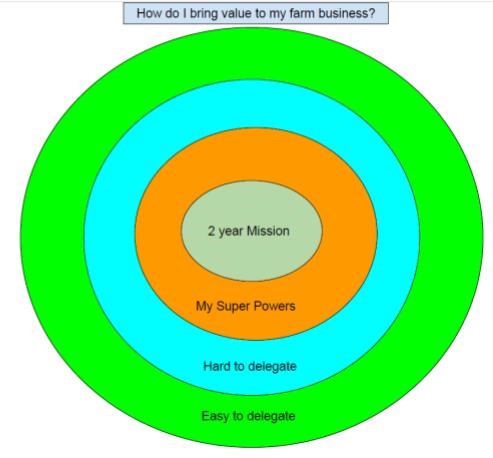
Peel it back, layer by layer. Once you start the process you will find that you can actually delegate just about everything away. Imagine waking up one morning to find that all you have to do today is focus on putting your farming super powers to use!
Oh, and one more thing. You need to make a choice right now. Are you an artisan, or are you an entrepreneur? Either one is fine by me, but you need to choose.
The artisan produces custom pieces and is involved in every step of the process.
The entrepreneur knows that her role is to craft that inspirational mission, and to build the business systems necessary to empower her team to be successful in that mission!
—
The Farmer Mantra of the weeks is: Be One. Try it out alternating the emphasis between the word ‘be’ and the word ‘one’ – it’s a mind fuck. Have fun!
My suggestion for this practice? Anything you want! There’s nowhere to go and you’re already there. Sing it, chant it, think it, meditate it, write it, draw it, dream it!!
Have you ever thought that today is very special? It’s the only day that’s not yet tomorrow, but it also is not yet yesterday.
